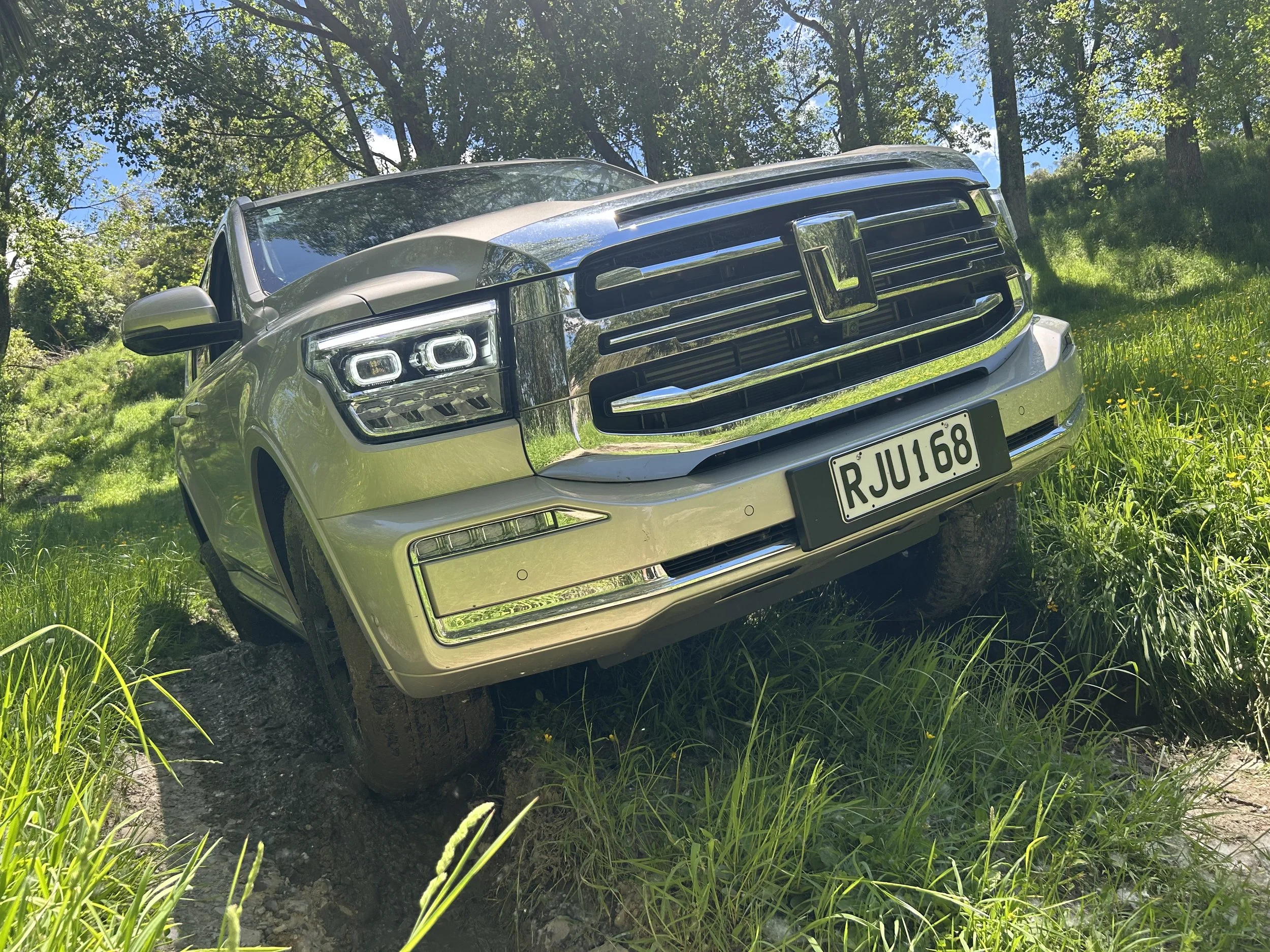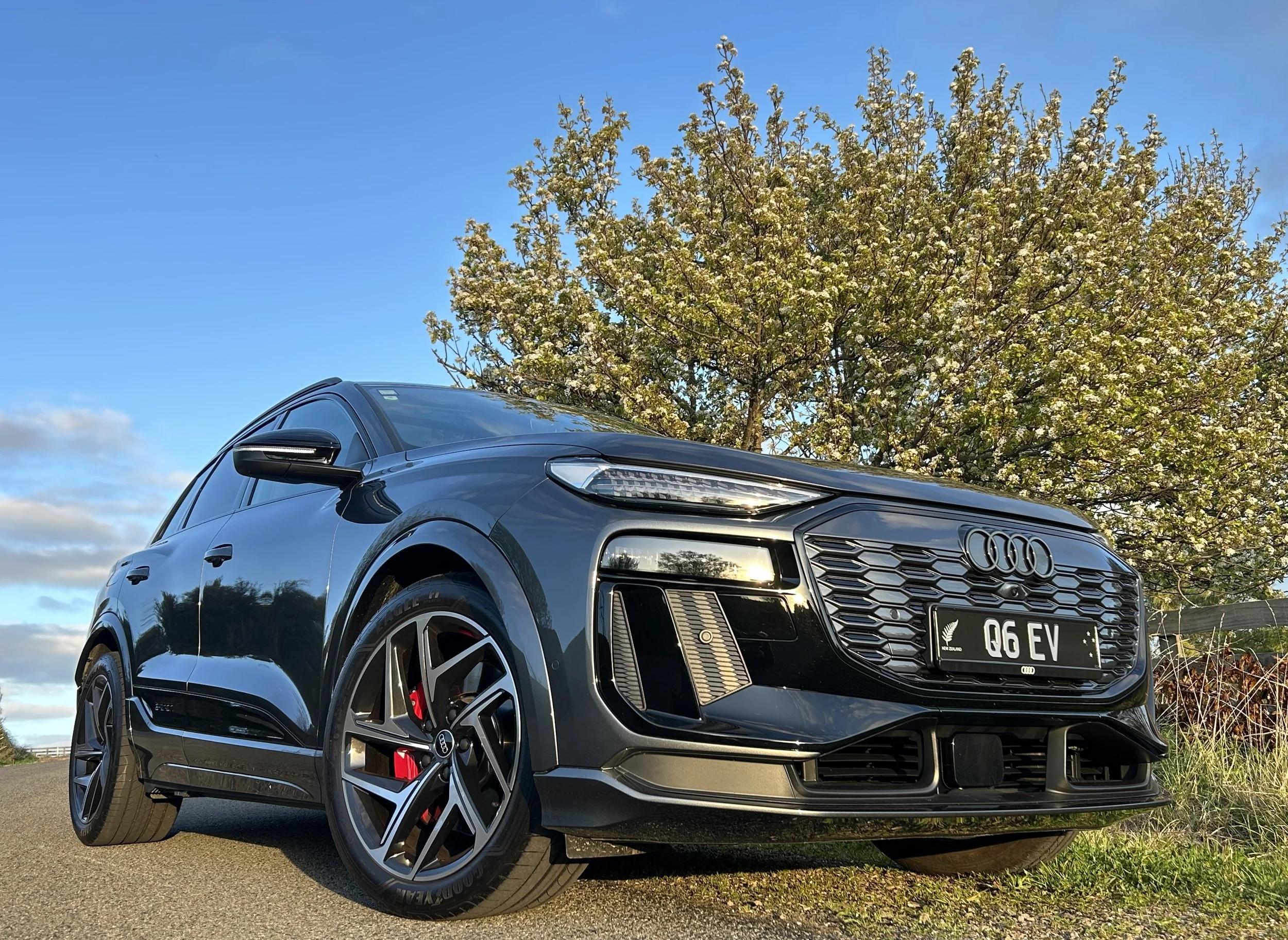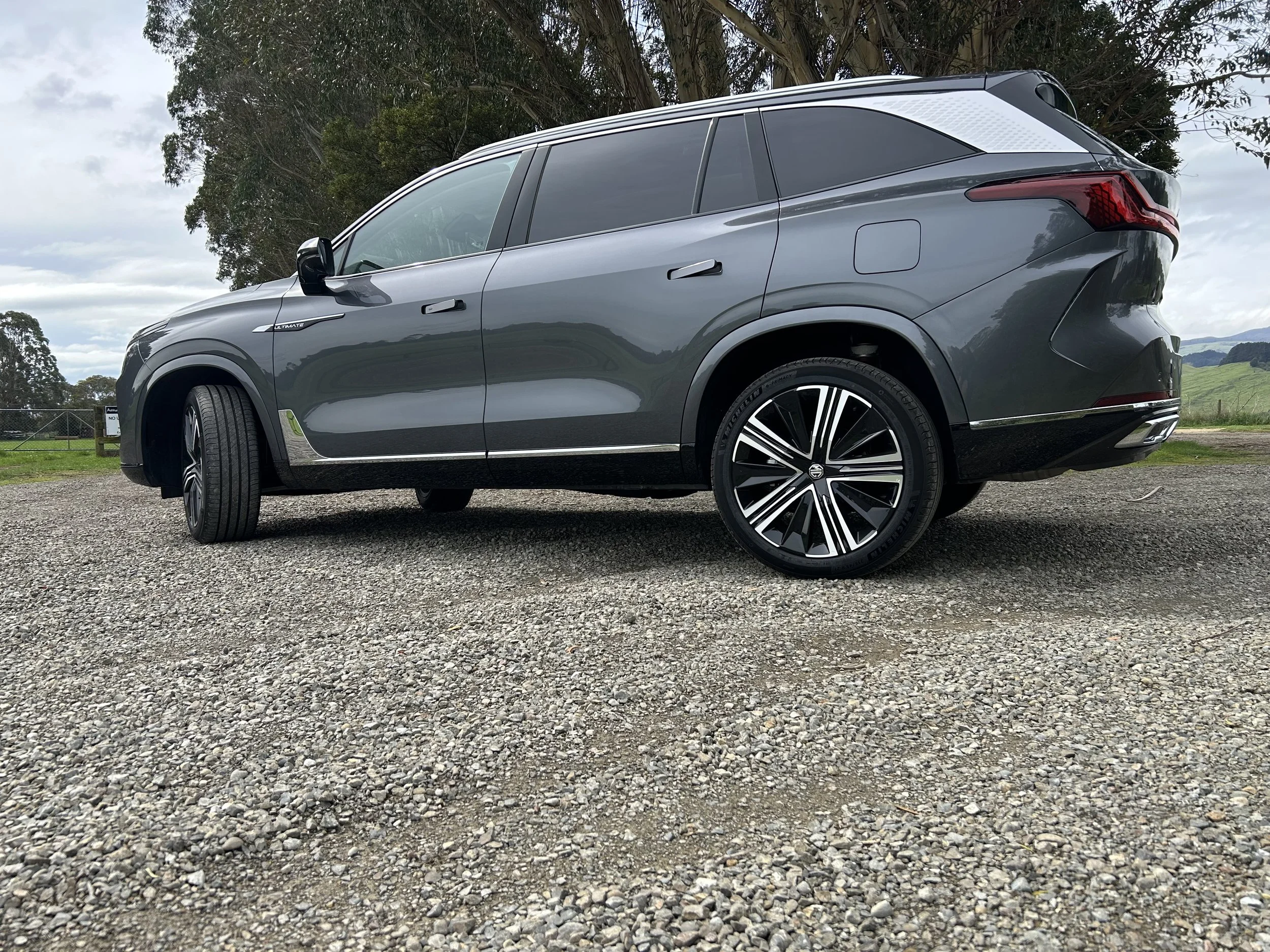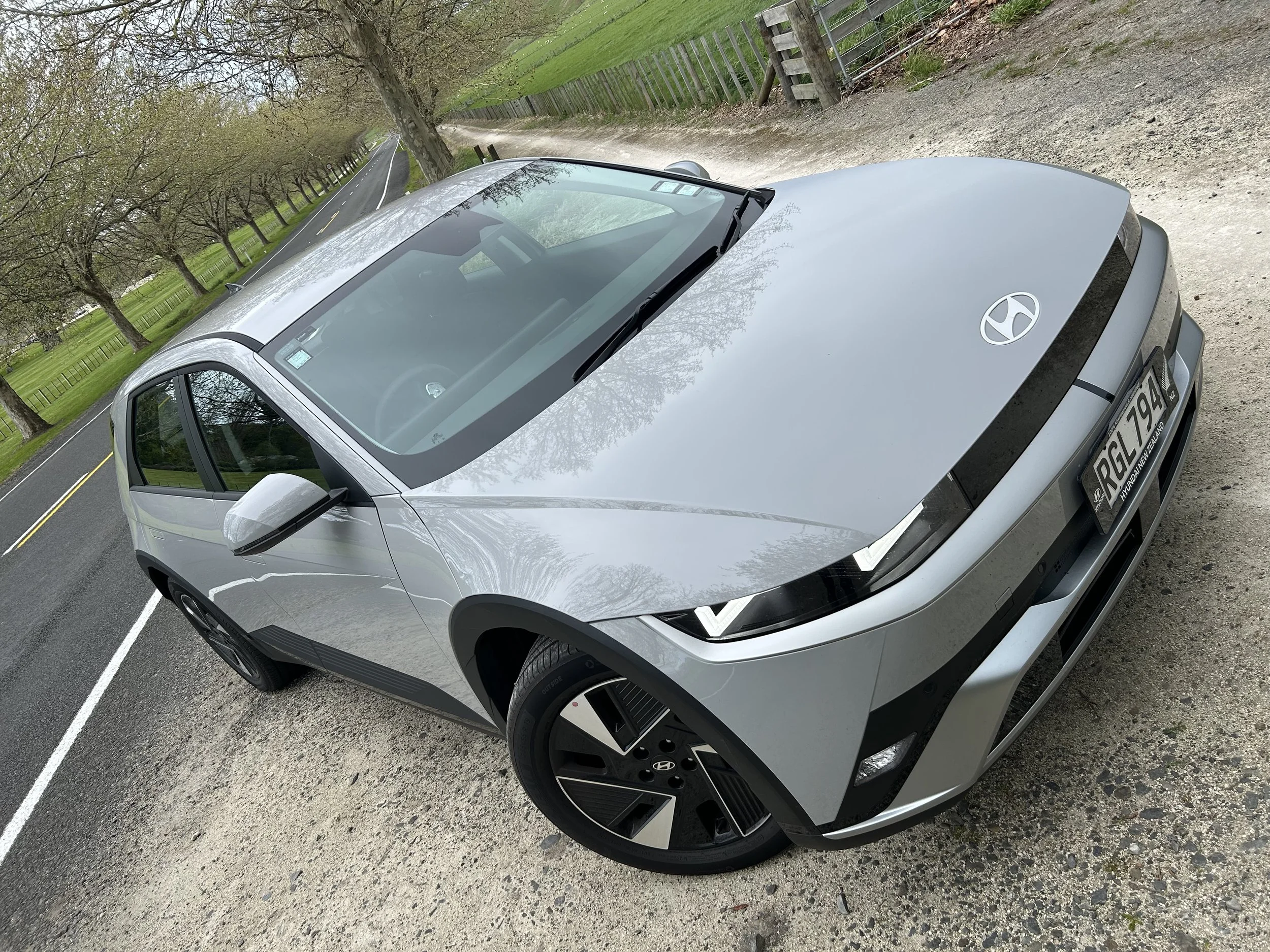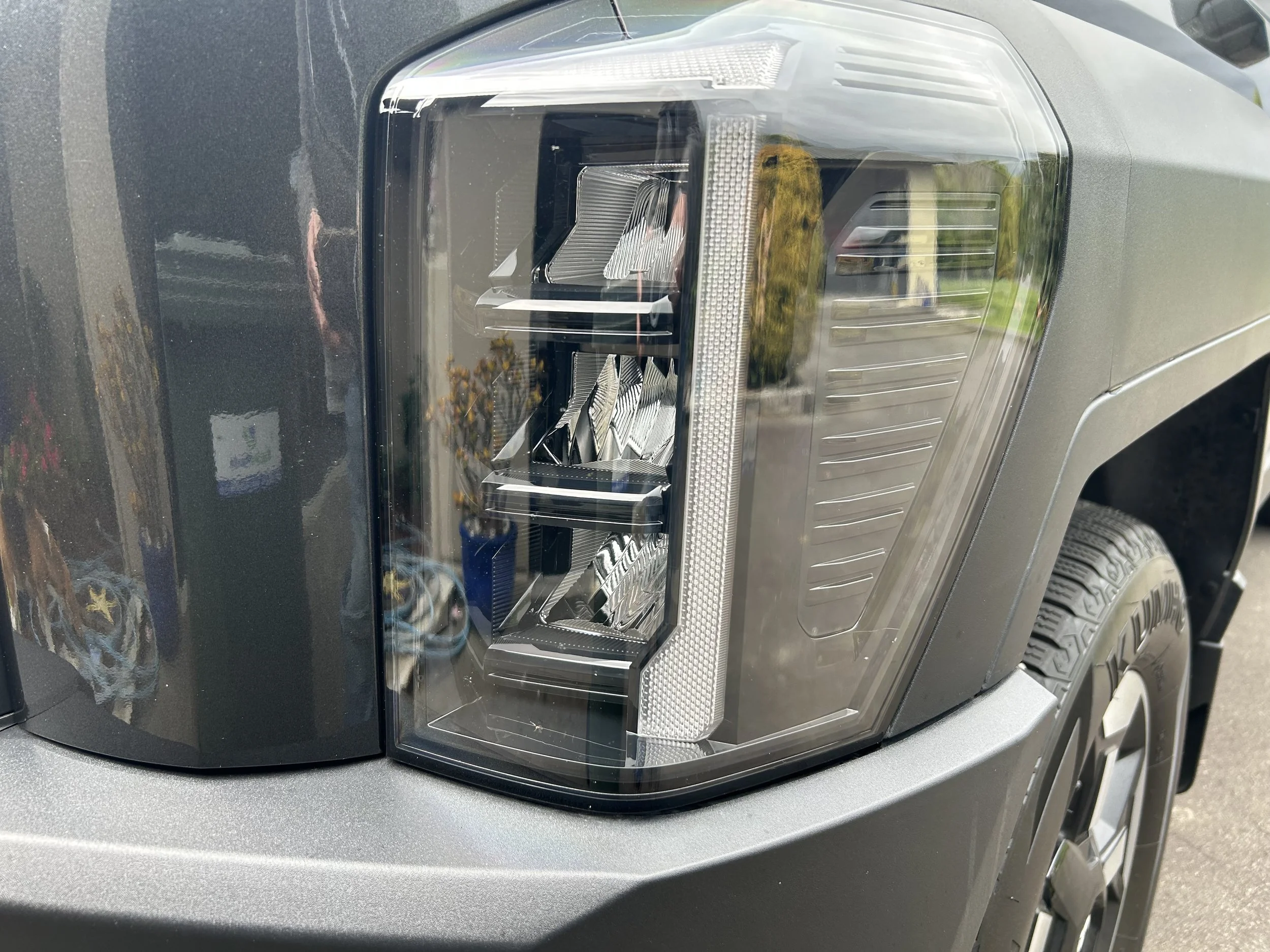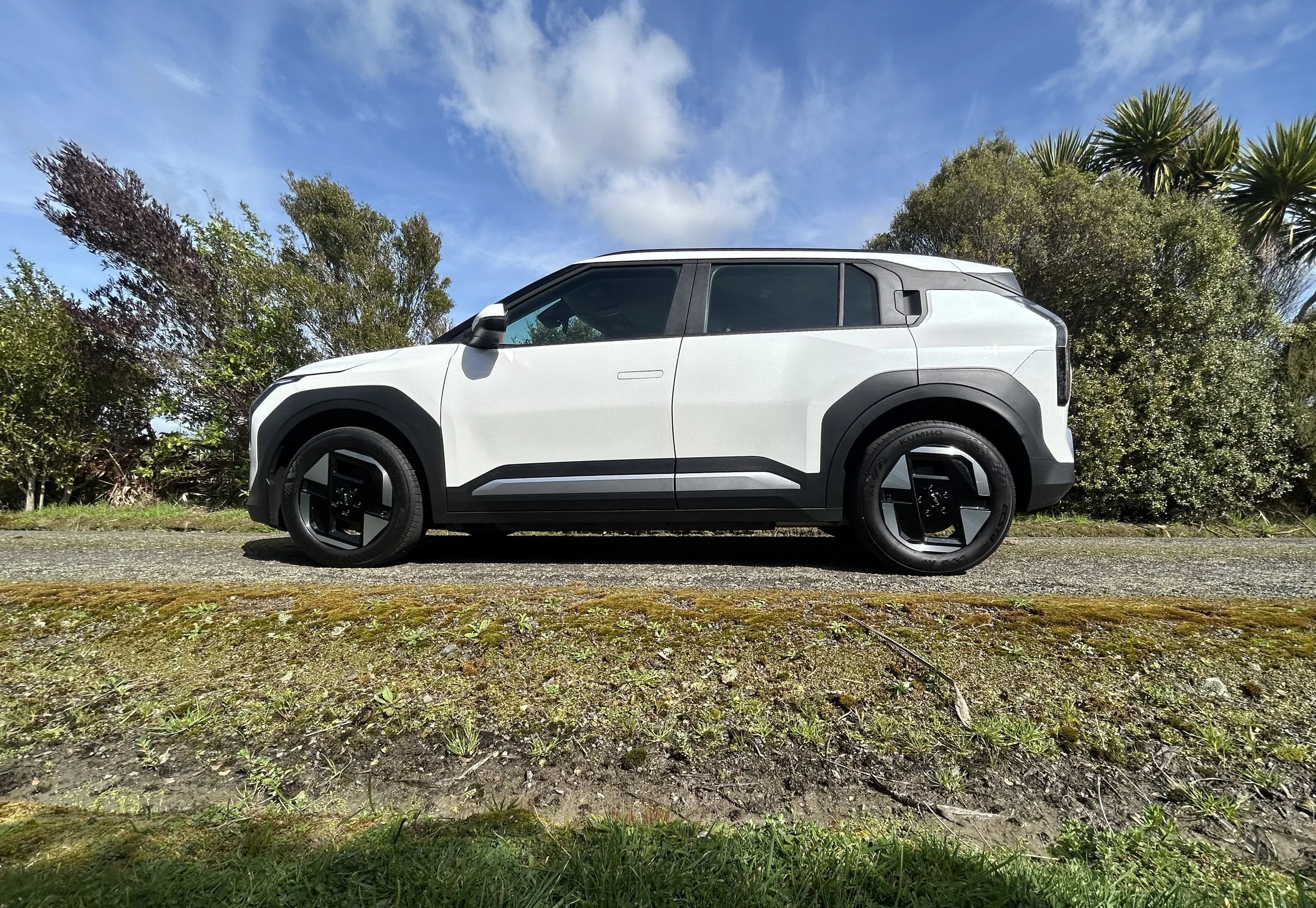Isuzu D-Max LS-T: A-List ambition for D-Max
/A new high-end variant of this acknowledged workhorse aims for weekend players.
IRONY that an expressed aim of ramping up D-Max to a level where it would knock out a conjoined vehicle that currently stands much taller in the one-tonne utility category is not lost on Isuzu’s local boss.
Murray Greenhalgh, general manager of Isuzu Utes New Zealand, cites his ultimate aspiration is for his rig to achieve No.3 in class, a position held by the Holden Colorado, from which D-Max derives.
Speaking at the release of a high-end LS-T trim line – a recreation-sorted model in familiar four-wheel-drive (for $60,990) and a $8100-cheaper NZ-unique rear-drive lookalike that loses 90kg but also lightens up on towing capacity, dropping to 2.5-tonnes - he says this in-house target is more credible than striving for absolute top dog status.
“Leading the market is something else; beating Ford (Ranger) and Toyota (Hilux) is a big call. But we do believe that we might one day reach No.3.”
There’s still a long way to go – with 1241 registrations in 2014 and 1049 so far this year, Isuzu is achieving around half Colorado’s counts and one-fifth of Ford’s.
Yet percentage-wise growth in the three years since D-Max arrived, first as a ute then more latterly in MU-X seven-seater wagon format, has been spectacular.
Seventh in the standings last year for a three percent market share, it is now up to sixth with five percent year-to-date, having leap-frogged the Mazda BT-50. The July-end count leaves it just 312 behind the Mitsubishi Triton.
Will LS-T be the variant that causes more upset? Says Greenhalgh: “We certainly hope that it will add to, rather than dilute, our sales. It has all the same rugged features as our LS and LX models and also refinements that today’s customer is coming to expect. It’s the next level up.”
The rising status of rear-drive, well-provisioned doublecab auto diesels couldn’t be ignored, Greenhalgh says. “It’s an unusual vehicle for Isuzu. NZ is the only country that (this specification) is manufactured for. There are other brands in that (rear-drive) market and we need to be there.”
The version results from a year of “discussions, meetings and trips to Japan” with the maker committing only after the Auckland-based privately-owned distributor agreed to take 300 examples straight up – a miniscule manufacturing count for the factory but a huge punt for the seller, which is relieved therefore to have already retailed 40.
Greenhalgh doubts a rear-drive model will hurt the brand’s tough-as image, noting that while “most customers are after a commercial quality vehicle” a growing owner interest in after-market options suggests they like to tart up their trucks.
The rear-drive’s 2.5-tonne towing capacity is a vexation. Greenhalgh has asked the factory to reconsider it, saying he would personally be happier if it was re-rated to at least three tonnes.
The D-Max/Colorado association is not easily acknowledged by Isuzu NZ but it won’t go away – though the two manufacturers appeared to be moving apart after GM sold its share of Isuzu in 2006, the band seems to be playing on.
A report that they have signed up to co-develop the next generation model, due in 2018-19, again to save on engineering and parts costs, is acknowledged by Greenhalgh. “The factory will only say there is some truth to this. It’ll be interesting to see what happens.”
He steadfastly contends the current products are more distinct than each using their own engines - Isuzu continuing with a 3.0-litre turbodiesel from Rodeo days while Holden stepped to a new 2.8-litre designed in North America – behind unique front ends.
He assures the current vehicles’ parts interchange, even for panels, is not high, shrugs off the commonality of interiors and says Isuzu engineers assure him their platform is tougher. Isuzu also is keen to remind that they source from different factories in Thailand.
“There is a perception that they are the same vehicle. They are not. I’ve spoken to the senior engineers … they say the four wheels are in the same place and that’s largely it.
“I think that will be the same with the next generation. I think they (GM and Isuzu) will work together to a certain level, then they’ll go their separate ways.”
He cannot see that an Isuzu-badged ute would ever not have an Isuzu-made engine and argues that the Holden’s Duramax’s performance advantage – which makes 132kW and 440Nm (manual) and 500Nm (automatic) against D-Max’s 130kW/380Nm – is not hurting D-Max sales. Sometimes, he says, customers who try both prefer the Isuzu unit because it exhibits especially sweet low-end torque delivery.
“We just encourage customers to take the two vehicles on test drive and then pick the one they believe is most appropriate. Every vehicle has its advantages and disadvantages … we consider our engine to be one of our biggest advantages.”
Meantime, Greenhalgh is pondering if D-Max drivers might appreciate an Australian initiative of a brand-run owners’ club. The I-Venture programme was initiated when Isuzu Australia discovered many customers were buying first and then asking about going off-road. I-Venture for now limits to day-long training trips but special event adventures are planned.
“It’s something we are watching,” Greenhalgh says. “We are open to new ideas. If there’s a demand for it, we’ll investigate.”







